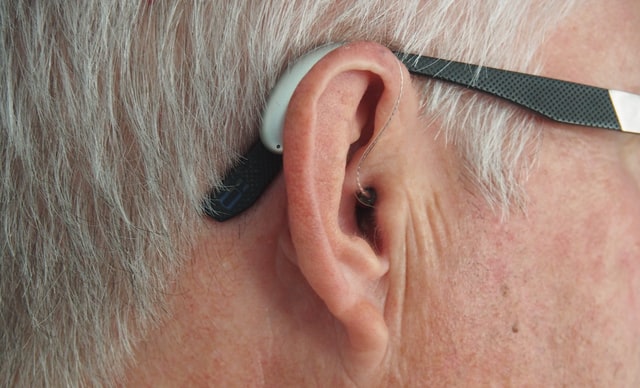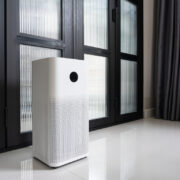Comparing the different types of hearing aid styles can be a little overwhelming. So here’s a list of the most common styles with their differences that will help you make an informed choice. Still, you should speak to your hearing healthcare provider to work out which style works best for you as per your needs and budget.
Receiver-In-Canal (RIC)
This standard hearing aid has a receiver or a speaker inside the ear canal. A small wire connects the hearing aid to the earpiece. Sometimes RIC hearing aids are also referred to as Receiver-In-The-Ear (RITE) hearing aids. They’re small, discreet, and comfortable with natural sound quality.
Completely-In-Canal (CIC)
These hearing aids are customized and fit deep inside the ear canal. They’re among the smallest and least visible hearing aids. They have small batteries which require a little dexterity and need to be changed often.
Behind-The-Ear (BTE)
These standard hearing aids hook over the top of your ear and rest behind the ear. All the mechanics, including the receiver or speaker, are housed in a device that fits behind the ear. A tube connects the hearing aid to an earpiece that fits in your ear.
In-The-Canal (ITC)
These partially fit in your ear and are a little larger than CIC hearing aids. They’re less visible than larger custom styles and can include small volume and memory controls that don’t fit on smaller custom hearing aids. But, using those controls requires steady hands.
In-The-Eat (ITE)
They are made in two styles of sizes. The full shell fills most of the outer ear, and the half shell fills only the lower portion of the outer ear. They’re easier to handle and have a large battery that’s long-lasting. They can include volume and memory control that won’t fit on smaller devices. But they’re more visible and may pick up more wind noise.
Invisible-In-The-Canal (IIC)
These rest in the second bend of the ear canal where no one can see them. They’re the smallest and most discreet hearing aids. Their placement improves sound quality and the sound of hearing your own voice. But batteries need to be changed often, and IICs have no volume or memory control on the device.











Comments